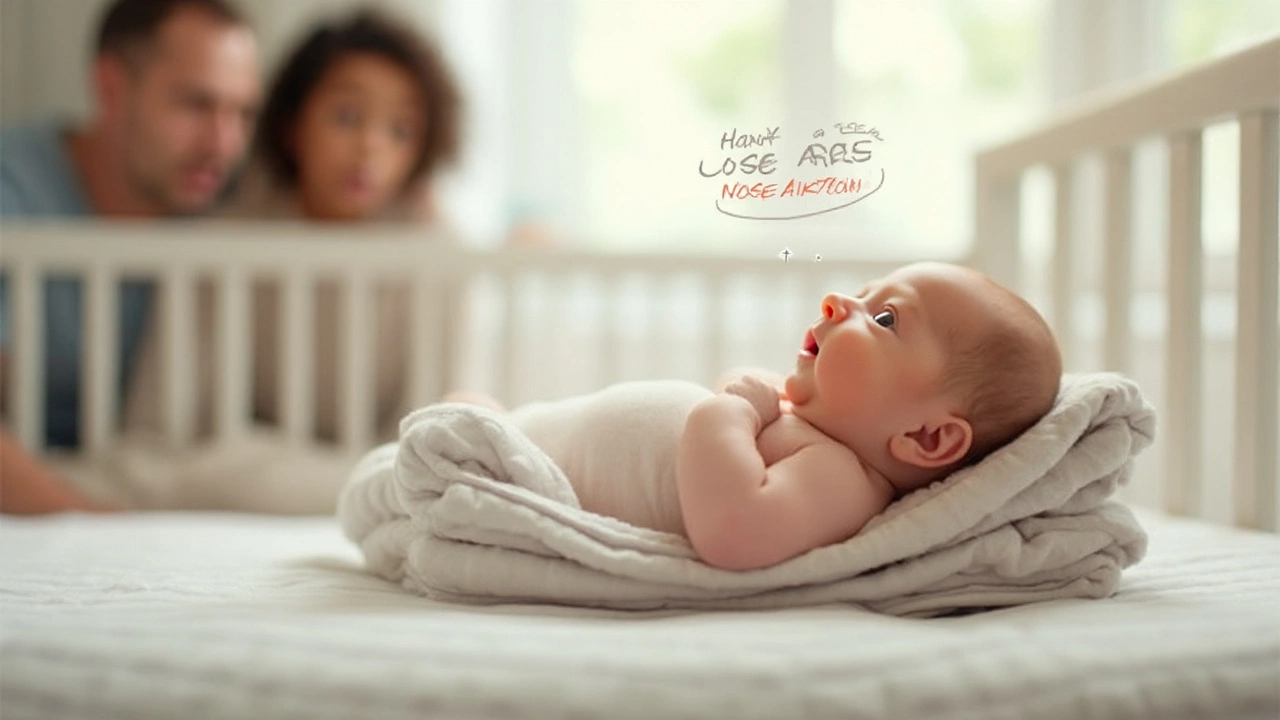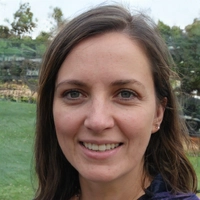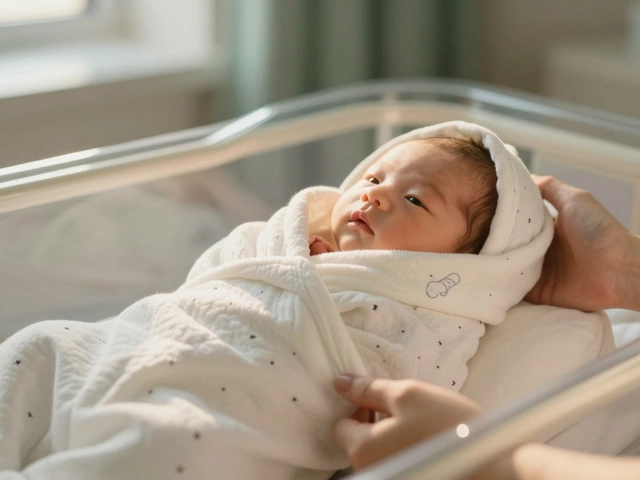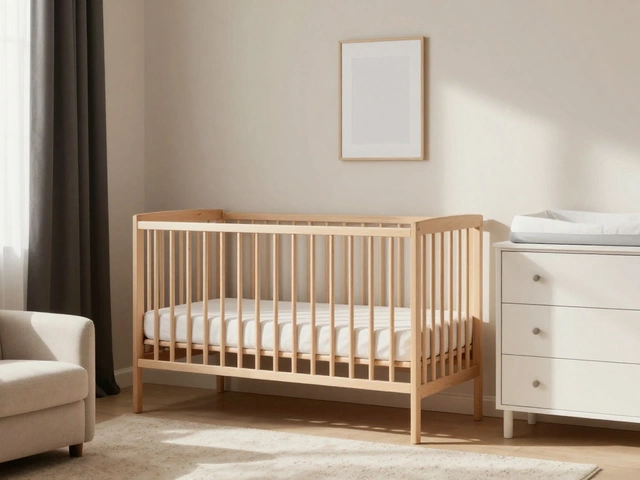
If someone told you a baby’s skin could look shiny and taut like a seal’s, would you believe them? It sounds odd, but ‘seal baby syndrome’ is a term that crops up in parenting discussions and medical circles every so often. The reality behind this condition is both alarming and eye-opening; it shines a spotlight on genetics, early diagnosis, and what parents need to know to safeguard those earliest days of life.
Where Does the Name Seal Baby Syndrome Come From?
The term 'seal baby syndrome' isn’t something you'll find in every medical textbook, but it’s linked to a rare and severe skin disorder officially called Harlequin ichthyosis. The nickname comes from the striking appearance of affected infants—newborns are born with very thick, plate-like scales over their bodies, causing their skin to look shiny, tight, and sometimes cracked, almost sealing them inside. The effect can seem surreal, but this visual similarity is what gave rise to the term.
This rare syndrome is caused by mutations in the ABCA12 gene. If both parents carry a faulty copy, there’s a one-in-four chance their child could be affected. This gene is responsible for producing a protein essential for skin development and function. When things go awry, the skin barrier is severely compromised, leaving babies dangerously exposed to infections, dehydration, and other complications.
Globally, Harlequin ichthyosis is extremely rare; some estimates suggest it affects around 1 in 300,000 babies. Yet, it’s not limited to one region or ethnicity. Decades ago, most infants with this diagnosis didn’t survive beyond a few days. Thanks to modern medicine, more babies are living into childhood and even adulthood, showing just how far neonatal care has come. Babies with the syndrome can now survive with intensive medical support and lots of love and attention from their families.
The shock of the diagnosis often hits parents hard. Given how rare it is and how dramatic the first symptoms look, many mums and dads feel overwhelmed. Having access to clear information and a supportive team can turn panic into action—an early intervention is the best chance for a positive outcome.
Spotting the Symptoms: What Does Seal Baby Syndrome Look Like?
So what exactly should you look out for? The most obvious sign is the skin. Babies are usually born encased in thick white or reddish skin that cracks deep enough to cause discomfort and even bleeding. These cracks can pull the skin so tight that their tiny faces look stretched, mouths remain open, and eyelids may be flipped inside out. Sometimes, the fingers and toes are fused or lack flexibility, adding to the challenges.
Because the skin can’t regulate fluids properly, dehydration is a major threat. The protective barrier of normal infant skin is gone, putting newborns at huge risk from bacteria and temperature shifts. Breathing and feeding may be difficult, and keeping the baby warm and hydrated becomes a minute-by-minute concern. Eye care is critical too, since their eyelids don’t work as they should, leaving delicate eyes unprotected.
Here are some warning signs that might signal Harlequin ichthyosis:
- Thick plate-like skin at birth (white, yellow, or reddish)
- Deep, painful cracks and fissures across the body
- Tightness around the nose, mouth, or eyes causing abnormal facial appearance
- Restricted movement in fingers, toes, or limbs
- Rapid dehydration and trouble regulating body temperature
- Increased risk of infections and inflammation
- Difficulty breathing due to tight chest skin
Doctors may notice these signs immediately, but sometimes the diagnosis is only made after genetic testing. Having a clear picture early means faster treatment with intensive care, moisturizing creams, and infection control.

Seal Baby Syndrome in Medical Terms: What’s Happening Under the Skin?
If you’re wondering what’s going on beneath the surface, it’s all about the skin’s building blocks. In a healthy baby, skin cells develop, rise to the surface, and naturally shed, leaving soft and smooth skin behind. The ABCA12 gene orchestrates this process by producing a protein that ships critical fats (lipids) up through the skin layers. These fats build the waterproof, protective barrier that keeps the rest of the baby safe from the outside world.
In Harlequin ichthyosis, this mechanism breaks down. The protein is either missing or doesn’t work, so the waterproof barrier never forms properly. Skin stacks up in thick, scaly layers that can’t shed off. Those dramatic fissures happen because the skin can’t stretch as the baby moves. Meanwhile, water, salt, and heat can escape rapidly, leading to dehydration and dangerous swings in body temperature.
Scientists have mapped out exactly how the mutation works, and prenatal testing is available for parents who carry the gene. Knowing your risk level before or during pregnancy can help families prepare for specialized care if needed.
| Key Facts | Details |
|---|---|
| Condition Name | Harlequin Ichthyosis (Seal Baby Syndrome) |
| Main Cause | Mutations in the ABCA12 gene |
| Chance of Inheritance (if both parents are carriers) | 25% (1 in 4) |
| Global Incidence | Approx. 1 in 300,000 births |
| Main Risks | Infection, dehydration, temperature instability |
| Modern Survival Rate | Much improved with neonatal care |
Since the condition is genetic, it can’t be ‘caught’ or caused by anything parents did or didn’t do during pregnancy. It comes down to circumstances and genetics colliding—and catching it early really can save lives.
Treatment, Care, and Survival: How Families Cope
When a baby is born with seal baby syndrome, the outlook today is richer than it was just a decade or two ago. Treatment centers on round-the-clock neonatal care in a very controlled environment. Think warm incubators, constant monitoring of fluids, and barrier creams applied by the hour. Every inch of exposed skin needs to be protected and kept moist, as cracks can act like open wounds.
Specialists also keep an eagle eye on infection, a risk that’s ever-present. In most cases, doctors bring in pediatric dermatologists, infectious disease experts, and sometimes geneticists. Babies usually get started on antibiotics as a precaution, and eye drops help prevent damage to exposed eyes. Nutritionists work out meticulous diet plans that meet each baby’s needs since many have to feed through a tube at first.
It’s not just surviving, though—it’s learning to thrive. As the skin begins to soften and some scales shed off with age and care, children can start to resemble their peers more. However, lifelong care is part of the package, with regular moisturizing, skincare routines, and frequent checkups. Families are encouraged to build support networks, share their stories, and access counseling if needed. Coping with the emotional roller coaster can be just as taxing as the medical side.
For many parents, adapting everyday routines becomes second nature. Some tips from families and doctors:
- Use gentle, fragrance-free emollients or ointments recommended by your doctor
- Keep the bedroom warm and draft-free to help with temperature control
- Dress in loose, soft cotton layers to avoid rubbing or aggravating cracks
- Monitor for signs of infection: redness, swelling, fever, or unusual behavior
- Work closely with a pediatric dermatologist for ongoing skin care
- Seek genetic counseling before planning more children
- Connect with parent support groups for practical advice and emotional support
One especially helpful development in the UK and elsewhere has been the rise of online communities for rare diseases like this, where people share pictures and progress, swap care tips, and remind each other that they’re not alone. Some children with Harlequin ichthyosis now attend mainstream schools and lead full, happy lives, proving how far care has come.

What Every Parent Should Know: Myths, Facts, and Steps Forward
Seal baby syndrome, or Harlequin ichthyosis, is not contagious. It’s not caused by infections, environmental exposures, or poor prenatal care. Prenatal screening can identify risk when parents know there’s a family history—modern DNA tests can spot the carrier gene before birth, which is especially useful for those who already have a child with the condition or are part of an at-risk community.
A few important facts every new or expectant parent should have in mind:
- Seal baby syndrome is extremely rare, but its impact is profound for affected families.
- Medical advances make survival possible for many children who would not have lived a generation ago.
- Lifelong care is needed, but children can grow up happy, go to school, and form friendships.
- Early intensive treatment and family support matters, so quick identification is crucial.
Some myths even make parents feel guilty or panicked—such as worries about diet or minor illnesses causing the syndrome. These are false. Remember, support is out there, and every family’s journey looks different. If you’re concerned about your own baby’s risk, talk to your GP or midwife—especially if there is a known history in your family or partner’s background. Ignoring worries isn’t worth it; peace of mind and early planning save a lot of heartache.
Harlequin ichthyosis doesn’t define a child’s whole potential, but it does mean you become an expert at navigating daily life with creative solutions and community support. In Bristol, like much of the UK, NHS clinics routinely offer specialist advice for rare syndromes and can point parents to resources for everything from skincare to inclusive playgroups. Science keeps moving forward, so the outlook may keep evolving in the years ahead.






